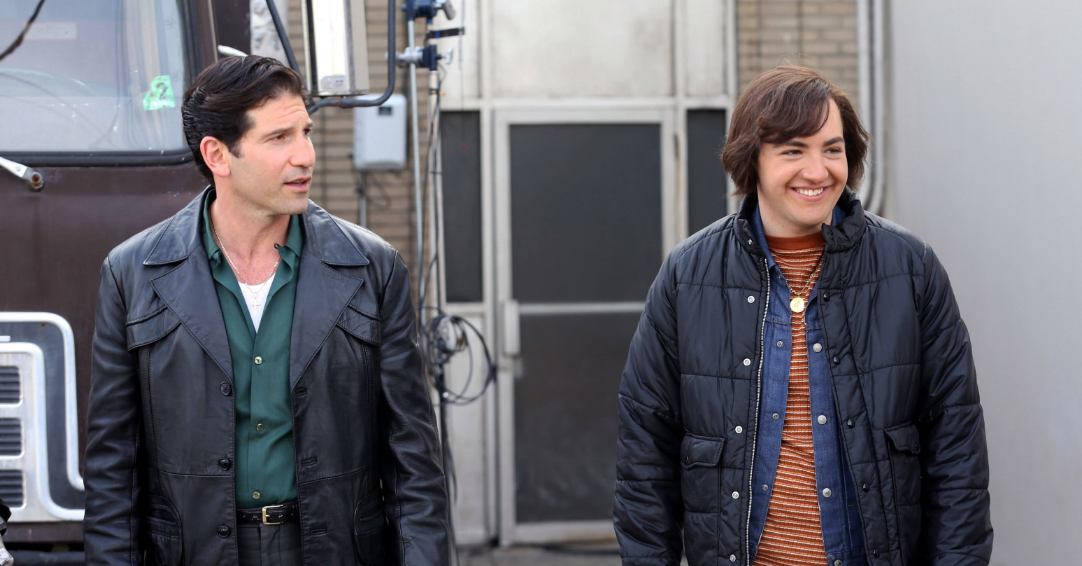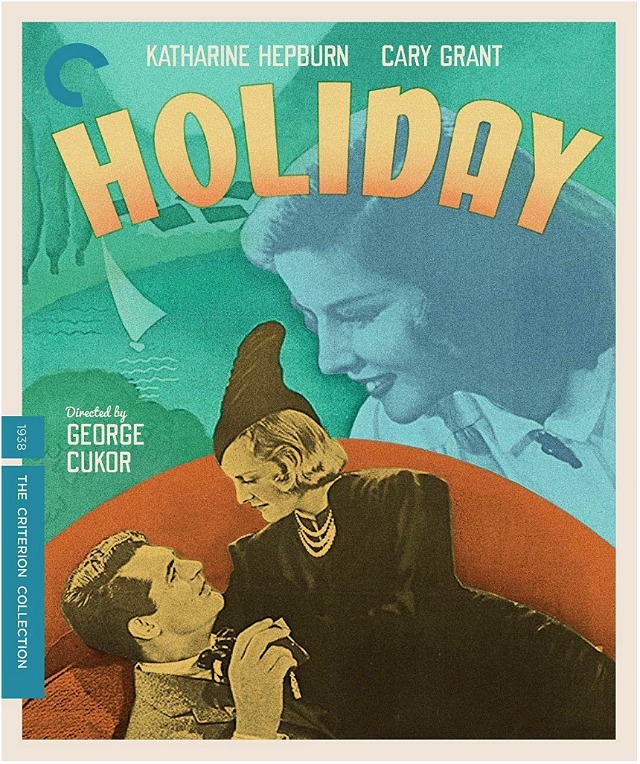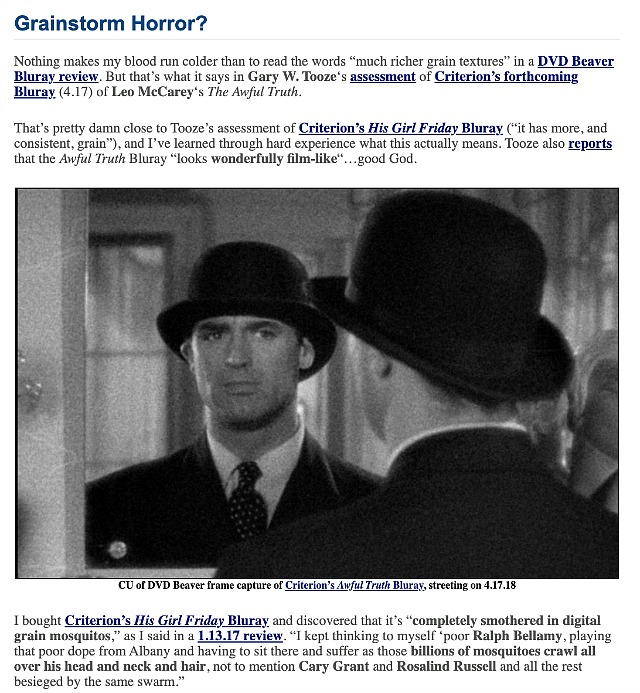HE to Christianity Today‘s Mark Galli: The train left the station a long time ago, pal. Evangelical Christians have removed the entire Christian community from any ethical conversation about anything, for at least the next thousand years. Christian hucksters have been standing with rightwing corporate swine for decades now, starting with Reagan. Nobody’s listening. Yeshua will never stop throwing up. Over and out.
From Galli’s 12.19 editorial: “We have reserved judgment on Mr. Trump for years now. Some have criticized us for our reserve. But when it comes to condemning the behavior of another, patient charity must come first. So we have done our best to give evangelical Trump supporters their due, to try to understand their point of view, to see the prudential nature of so many political decisions they have made regarding Mr. Trump.
“To use an old cliché, it’s time to call a spade a spade, to say that no matter how many hands we win in this political poker game, we are playing with a stacked deck of gross immorality and ethical incompetence. And just when we think it’s time to push all our chips to the center of the table, that’s when the whole game will come crashing down. It will crash down on the reputation of evangelical religion and on the world’s understanding of the gospel. And it will come crashing down on a nation of men and women whose welfare is also our concern.”










